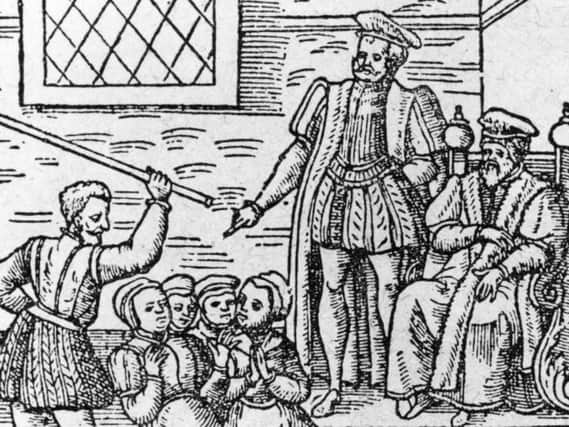13 of the most chilling witch trials in Scottish history
Records of Scotland’s witch trials, the majority of which stretched over a period of 200 years during the 16th and 17th centuries, shed light on a dark period in Scottish history, exposing a culture of fear and panic that cast a cloud over much of Scotland and Europe.


The passing of the Scottish Witchcraft Act in 1563 made witchcraft, or consulting with witches, capital crimes in Scotland. It is estimated that between 3,000 and 5,000 women were publicly accused of being witches in 16th and 17th century Scotland, a much higher number than neighbouring England. Here, we recount some of Scotland’s most infamous - and brutal - prosecutions for witchcraft.